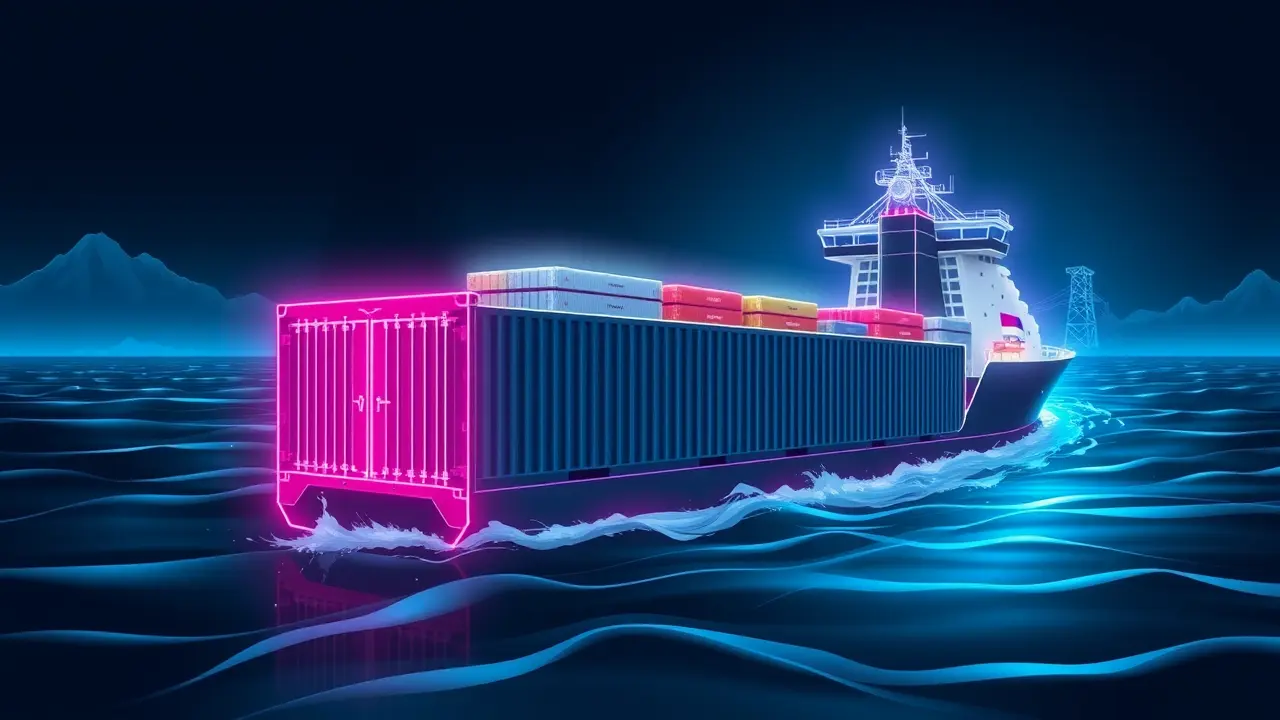Hong Kong Customs Seizes $170 Million in Smuggled Goods
In a meticulously executed operation that reads like a geopolitical risk assessment come to life, Hong Kong customs authorities have just pulled off a seizure of staggering proportions—HK$170 million, or roughly US$21. 84 million, in smuggled high-value goods, primarily sophisticated computers and luxury watches, intercepted aboard two ocean-going vessels destined for Indonesia and Malaysia.This wasn't a routine check; it was the culmination of a high-stakes intelligence-driven maneuver, a classic case of connecting the dots from risk indicators that pointed squarely to criminal syndicates exploiting major shipping lanes. The targeted containers, four in total, were already queued for departure, their contents a testament to the audacious scale of modern illicit trade.One must view this seizure not merely as a successful bust but as a critical data point in a far more complex and volatile matrix. Consider the strategic positioning of Hong Kong, a global financial hub perpetually caught in the crosscurrents of international tension and economic ambition.The choice of Indonesia and Malaysia as destinations is itself analytically rich; these are emerging markets with burgeoning wealthy elites and porous regulatory environments, creating perfect demand-side conditions for contraband electronics and status-symbol timepieces that evade hefty import duties and value-added taxes. The methodology—using ocean-going vessels rather than faster, riskier air freight—signals a calculated bet on volume over speed, a patient, low-profile strategy favored by syndicates that think in quarterly profits, not overnight scores.This incident echoes historical precedents, such as the massive seizures of smuggled ivory and rhino horn through Southeast Asian ports, where criminal networks consistently adapt their logistics to enforcement patterns. The potential consequences ripple outward: a disruption this significant could temporarily inflate black-market prices for these goods in Jakarta and Kuala Lumpur, force a recalibration of smuggling routes through the South China Sea, and even strain diplomatic channels as authorities attempt to trace the financial footprints back to their origins.Expert commentary from maritime security analysts suggests this is likely just the visible tip of the iceberg, with syndicates often using such shipments to test new routes or corrupt port officials. The broader context is one of a silent, ongoing economic war—these aren't just stolen goods; they represent lost tax revenue, distorted local markets, and the fuelling of transnational organized crime that often diversifies into far darker enterprises. The analytical insight here is clear: for every container intercepted, a dozen may slip through, and the real victory lies not in the seizure itself, but in the intelligence gathered, the networks mapped, and the subsequent predictive models built to anticipate the next move in this high-stakes, global game of cat and mouse.
It’s quiet here...Start the conversation by leaving the first comment.
© 2025 Outpoll Service LTD. All rights reserved.
